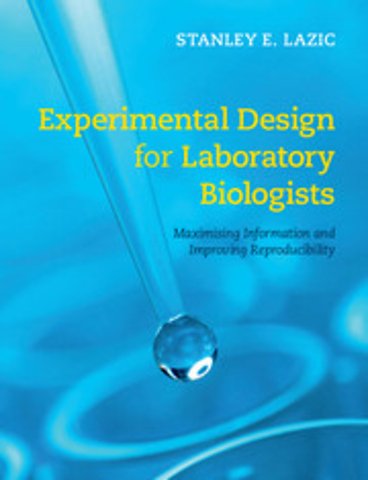Experimental Design for Laboratory Biologists
Maximising Information and Improving Reproducibility
Samenvatting
Specifically intended for lab-based biomedical researchers, this practical guide shows how to design experiments that are reproducible, with low bias, high precision, and widely applicable results. With specific examples from research using both cell cultures and model organisms, it explores key ideas in experimental design, assesses common designs, and shows how to plan a successful experiment. It demonstrates how to control biological and technical factors that can introduce bias or add noise, and covers rarely discussed topics such as graphical data exploration, choosing outcome variables, data quality control checks, and data pre-processing. It also shows how to use R for analysis, and is designed for those with no prior experience. An accompanying website (https://stanlazic.github.io/EDLB.html) includes all R code, data sets, and the labstats R package. This is an ideal guide for anyone conducting lab-based biological research, from students to principle investigators working in either academia or industry.
